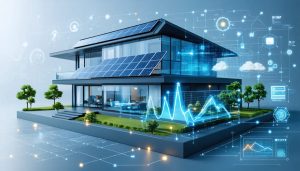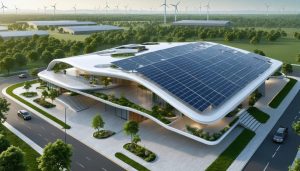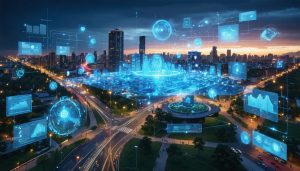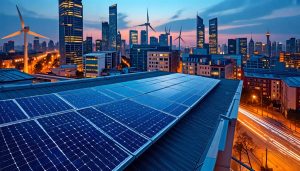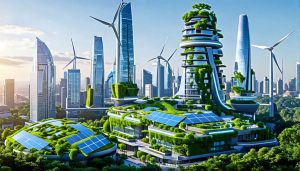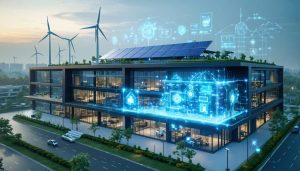
Microgrid Solutions Transform Building Energy: Cost-Saving Success Stories
In an era of increasing grid vulnerabilities and rising energy costs, microgrid solutions have emerged as a transformative approach to power management in commercial buildings. These autonomous energy systems combine renewable sources, advanced storage capabilities, and intelligent distribution networks to deliver unprecedented control over energy consumption and reliability. By seamlessly integrating solar arrays, battery storage, and sophisticated control systems, microgrids enable facilities to operate independently from the main power grid during outages while optimizing energy costs during normal operations.
Recent data reveals…

